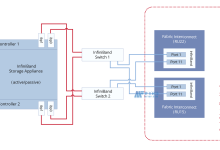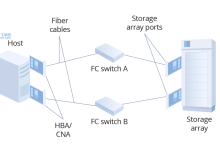linux is an operating system which is popular for its stability, security, and flexibility. It is an open source software which provides users with a reliable and stable platform for a variety of applications. Though its installation is not complex, it still can occasionally present users with challenges. Through this article I would like to offer technical advice on how to resolve some of these challenges.
Common Challenges
The most common challenge when installing Linux is incompatible hardware. This is usually because of a lack of drivers or support for the hardware device. To check for compatibility with a specific hardware device, try downloading the latest Linux driver from the manufacturer’s website. If the manufacturer does not provide Linux drivers, then you can search for websites that provide support for particular hardware devices. If all else fails, you may have to buy a compatible device.
Another challenge when installing Linux is disk space. If you’re installing a Linux operating system, you’ll need to make sure you have enough disk space to install the OS, as well as to accommodate any applications you want to run. Generally, it is recommended to have at least 2-4GB of free disk space for a basic Linux operating system.
A third challenge is making sure your BIOS is compatible with the new Linux operating system. In order for Linux to run effectively, your BIOS settings need to be set correctly. To do this, simply access your BIOS menu and select the appropriate settings. Once you’ve done this, you should be able to install Linux without any issues.
Finally, the fourth common challenge when installing Linux is making sure the boot process succeeds. The boot process is the set of instructions that tells the computer how to load and start the operating system. If something goes wrong during the boot process, it will prevent the computer from booting. To prevent this from happening, you’ll need to check that the settings in the BIOS are correct.
To address these issues, first try to identify the cause of the problem. Once you know what the issue is, you can take appropriate action such as downloading a compatible driver, or changing the settings in your BIOS to the appropriate values.
In Conclusion
Installing Linux can be a challenge, even for the most experienced of users. The most common challenges when installing Linux are incompatible hardware, disk space, BIOS settings, and booting. To address these issues, always check for hardware compatibility before installing, make sure you have enough disk space, set your BIOS settings correctly, and ensure that the boot process succeeds. All of these steps should prevent any problems from occurring when installing Linux.

 国外主机测评 - 国外VPS,国外服务器,国外云服务器,测评及优惠码
国外主机测评 - 国外VPS,国外服务器,国外云服务器,测评及优惠码












